How to get the max out of one year where you can do whatever you want to do
What would you do, if you have one year of creative freedom? One year, where you don’t have to make money for a living but can create with a purpose? A year, where you can travel and meet people that you would never have the chance to meet? A year where you can speak at conferences and run workshops? A year where you can experiment and find your voice? What would you want to share? What would you want to learn? And what would you want to do?
Since 5 years, Adobe runs a creative stipend program – The Adobe Creative Residency, aiming to support young creatives and helping them to kick-start their career. Few of them have been on the Forward Festival stages already, like graphic designer Kelli Anderson, Munich-based lettering artist Rosa Kammermeier, illustrator and artist Nadine Kolodziey and Berlin travel & lifestyle photographer Julia Nimke. They get provided with a salary, mentors and a lot of connections to create their artistic repertoire.

Laura Zalenga, Nadine Kolodziey (both Creative Residency alumnas), Patricia Reiners and Amelie Satzger (current Creative Residents) sat down and explained to us, what it means to have a year of creative freedom and how this year helped them to shape their artistic career.
How did the Creative Residency help you to get where you are now?
Nadine Kolodziey: For me the Creative Residency was the perfect playground to explore and transfer my workflow into new dimensions like displays and Augmented Reality. Also to work with creatives from different fields opened my mind and pushed a more diverse perspective on how to work creatively in the future. Especially regarding my personal development, it helped me a lot to start working with Augmented Reality from scratch.
Amelie Satzger: Through the Adobe Creative Residency I learned to face a lot of new challenges, which are very important for my professional life after the residency. For example to calculate my budget or to work with bigger teams of busy professionals like musicians. But most of all I gained a confidence towards myself and my work, which is super important to compete in this kind of creative business.
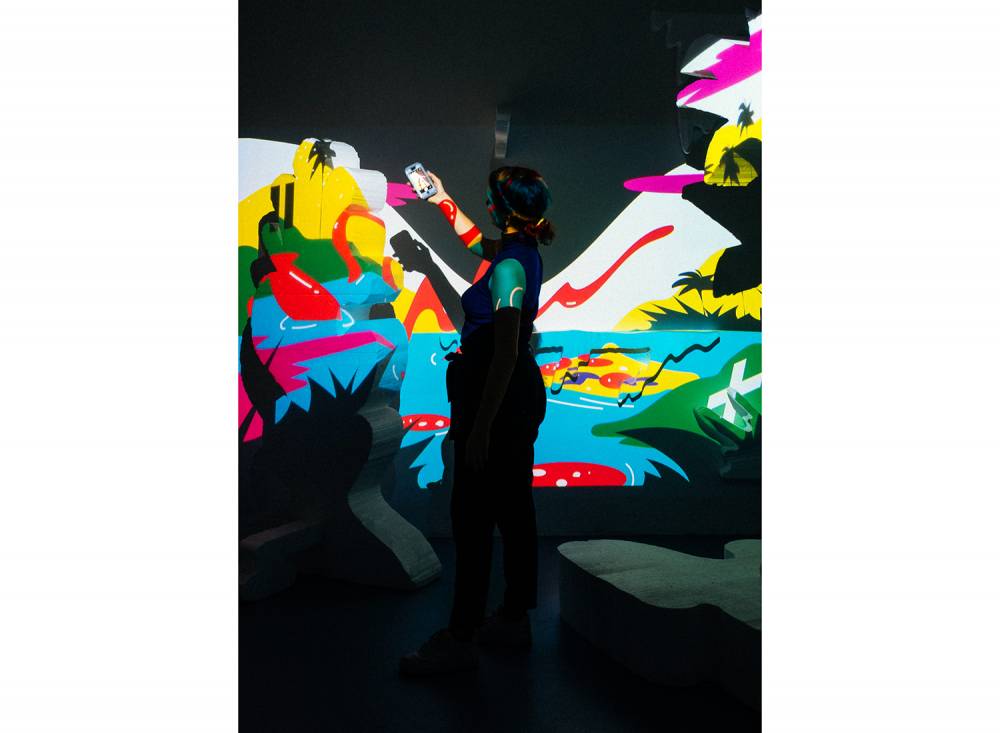
What is the difficulty when you start as a freelance creative? How did you overcome fear and the uncertainty?
Nadine Kolodziey: I think the first obstacle is finding your personal visual language and simultaneously fighting the inner doubts to work as an individual professional. To push forward towards your goals and value your own work as something precious, that is the key. A big help was openly communicating fears and worries with other creatives who possibly struggle the same issues. I can highly recommend to work in collaborations and join forces to feel supported and grow together.
Laura Zalenga: To find your own style. And even more difficult: once that style is established to have the chance to reinvent it again. It’s so dangerously easy to become a one-trick-pony. I think, I did not overcome fear and uncertainty. But I learn that to a certain degree they are necessary and you need to learn to use them as a tool to grow.
“For me the Creative Residency was the perfect playground to explore and transfer my workflow into new dimensions”
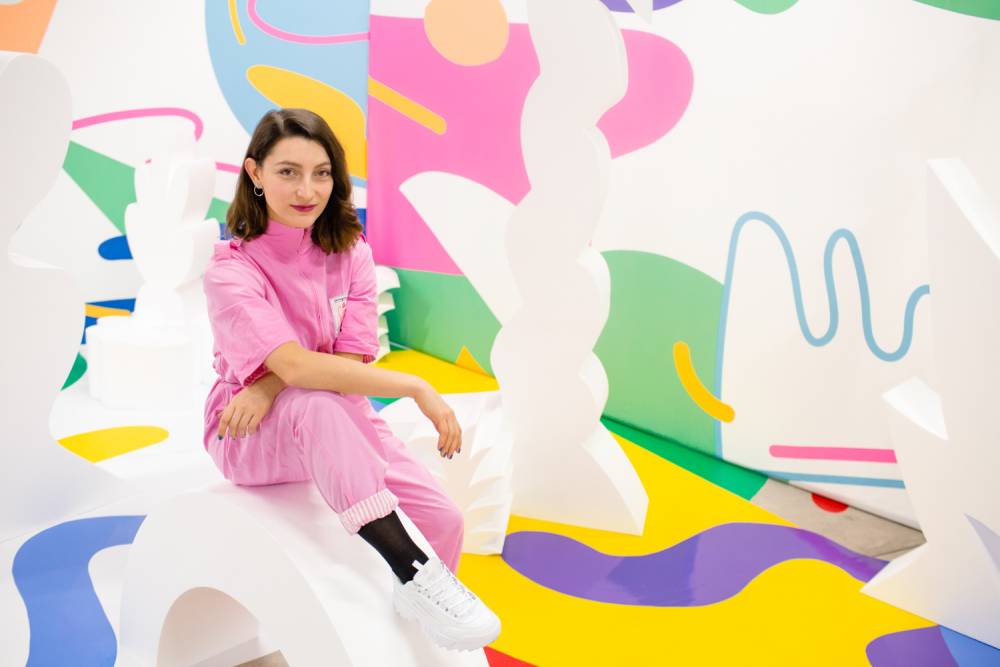
In a nutshell: what do you do in a year where you can do whatever you want?
Laura Zalenga: You find out what you want. 🙂
Amelie Satzger: That’s a really good question, as, in the beginning, you feel super honored to be taken but also pressured to make the best out of the year. I think the best advice would be, to do, whatever helps you the most to achieve, whatever you want to do after the year. I expanded my portfolio with some bigger projects and collaborated as much as I could with other creatives, teams and companies to gain connections.

How did this year prepare yourself for being a freelancer?
Nadine Kolodziey: The mentorship program and also the management teaching have been a huge help. Also to be able to discuss and work on personal development with a team improved my structure and self worth a lot. Another benefit was to work and produce overseas with a team of project managers, logistics, carpenters, press… I worked in the field of editorials but to realise big displays with a combination of different teams was another level of working as a part of something bigger.
Amelie Satzger: There are a lot of ways, in which the residency helped me to be a freelancer. I learned how to structure my everyday work in the studio. I think time management is a super important topic for all freelancers and to find a routine is essential for a successful career. But also how to contact possible clients, how to work with professionals, how to find sponsor, and, most importantly, how to deal with stress.
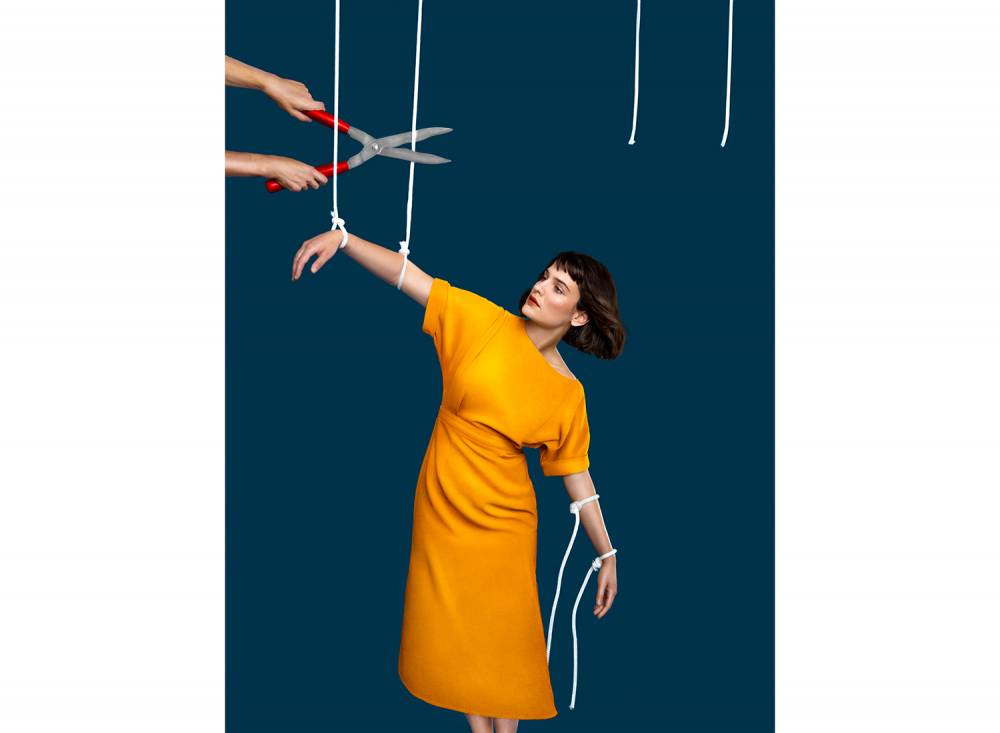
What are the key takeaways from this year?
Laura Zalenga: Self-confidence, new curiosity. But most importantly a clear vision of what I want to achieve with my photography.
Patricia Reiners: Start when you aren’t ready! Many things happen on the way and you probably will never feel 100% ready ever. I figured out many things on the way and even adjusted the route a lot, which was only possible because I started in the first place.
Amelie Satzger: One thing that I realized this year is, that you should articulate, what your wishes and goals are. People can’t read your mind and if you explain exactly what you would like to do, or what you hope from of a certain cooperation, it probably helps you get there.
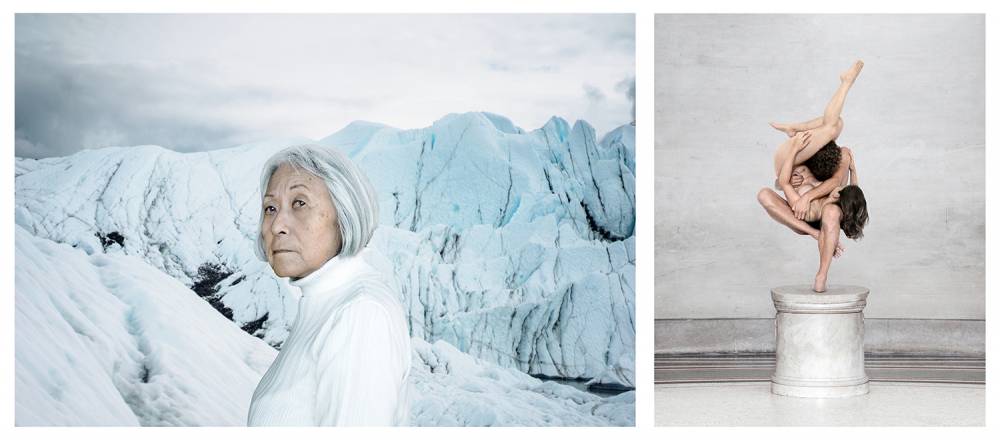
What was the most interesting part or the biggest help of the Creative Residency for you?
Patricia Reiners: The biggest help for me was getting opportunities to give workshops, speak on conferences and even be connected to the right people
Nadine Kolodziey: To be brave and put yourself into ‘scary’ situations like giving a talk in front of hundreds of people or learn something new from scratch. To be open enough to reach out and work with other creatives as allies. That there are people outside of your sphere who truly enjoy and support your personal development every day. That dreaming big can translate into fulfilling your maybe crazy ideas as long as you work on it with high energy and optimism. That the advantage of our generation is the digital creation and a global network of friends and allies we should be aware of. That travelling and projects abroad will make you grow. To be supported as a professional creator by a whole team, even though you are at the beginning of your career, who trust in your talent and abilities.
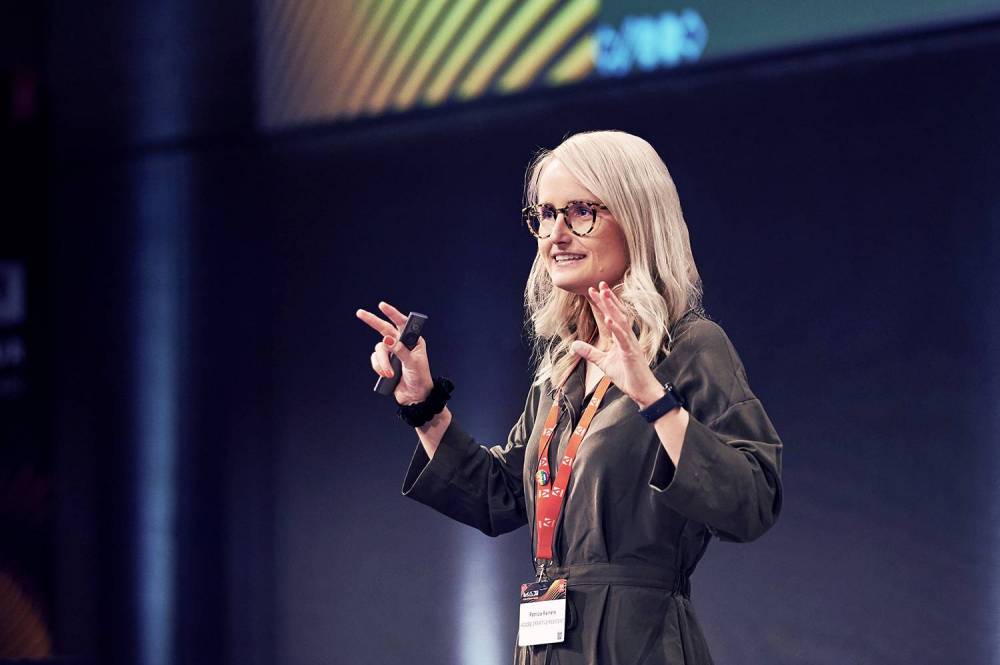
What are the top 3 traits that you’ll need as a successful creative?
Patricia Reiners: Have courage: Don’t be afraid to show yourself especially on social media, talk to the creatives you admire and ask for advice, be able to talk about your work and know your strengths. Willpower: Believe in yourself and never give up, although it might be difficult sometimes. Especially as creative there are always difficult times with less creative freedom or even creative blocks or difficult clients. So, it’s important to not let yourself be deterred and hold on to your goals. Strategic thinking: To be able to know your goals and the milestone you need to achieve to get where you want to be. Choosing the right jobs to take on and saying no to others.
Laura Zalenga: Self-confidence, self-doubt, and knowing when to use which of the two.
What are your big goals for the next 2 years?
Laura Zalenga: Slowly changing my portfolio from ‘only pretty’ to ‘relevant’. I want to work with clients who share my values and goals. The dream is to pay my rent with working on campaigns / education about topics such as (invisible) racism, the need for a gender spectrum, mental health, inclusion, environmental issues, toxic beauty ideals….
Patricia Reiners: Since I worked for an agency as a UX/UI designer (I freelanced for 1,5 years prior the residency) I would love to work for one of the big tech companies in Silicon Valley and learn a lot about processes and strategic thinking. Besides that I would love to still share my knowledge with workshops, public speaking and on my social networks to support the design community.
Nadine Kolodziey: To develop and improve working with AR, maybe becoming an ambassador or pioneer in that field. To work in Japan. To work in bigger scales. To work in collaborations.
Amelie Satzger: One big goal is to move to New York. I just fell in love with the city and I have the feeling that it’s the place to be for me right now. Another goal is to find a photo agency and maybe a gallery, that represents me in New York. But in general just to be happy I guess.
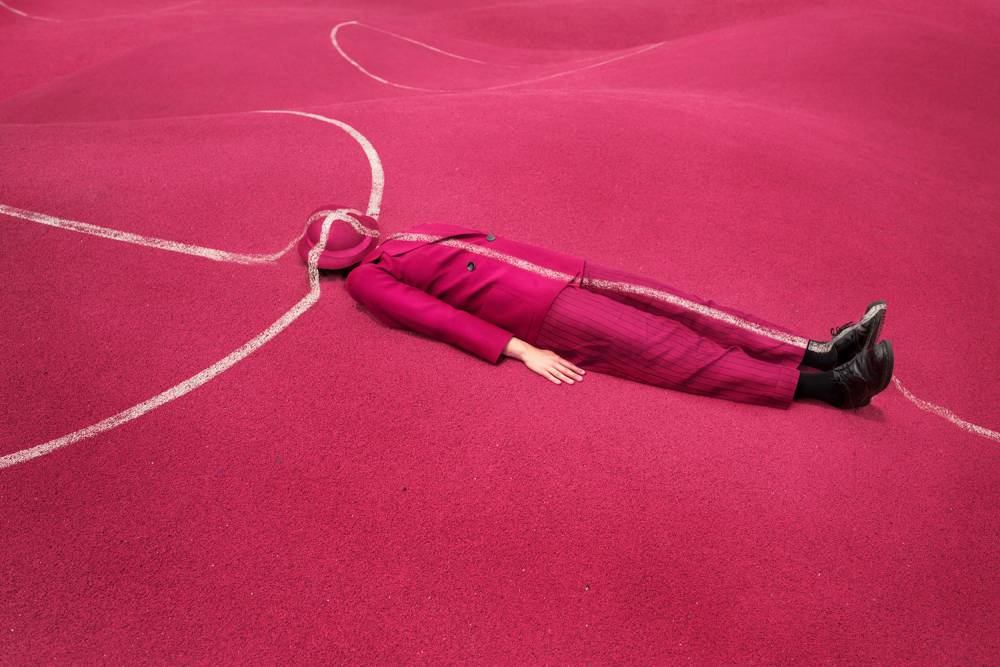
Nadine Kolodziey is an illustrator & visual artist working in Berlin and Frankfurt, who combines analog and digital visual language to turn it into walk-in exhibition experiences. Follow her on Instagram.
Laura Zalenga is a photographer, currently residing in Rotterdam. Her portraits circle around our society: beauty ideals, the perception of gender and age and environmental issues. Follow her on Instagram.
Patricia Reiners, a Berlin based UX/UI designer, is working with new technologies on the question: How do future cities look like and how do we live in them? Find more about her work on her Twitter and Instagram.
Amelie Satzger is known for her surreal and visual photography. She lives in Munich and works with musicians on her project “Seeing Music”.
See more of her art on Instagram.
Adobe’s Creative Residency is a 12-month stipend for creatives in their early stages of their career. The program starts in May 2020 and applications are currently open. You can find more information about the programme, the Residents and the application process here.